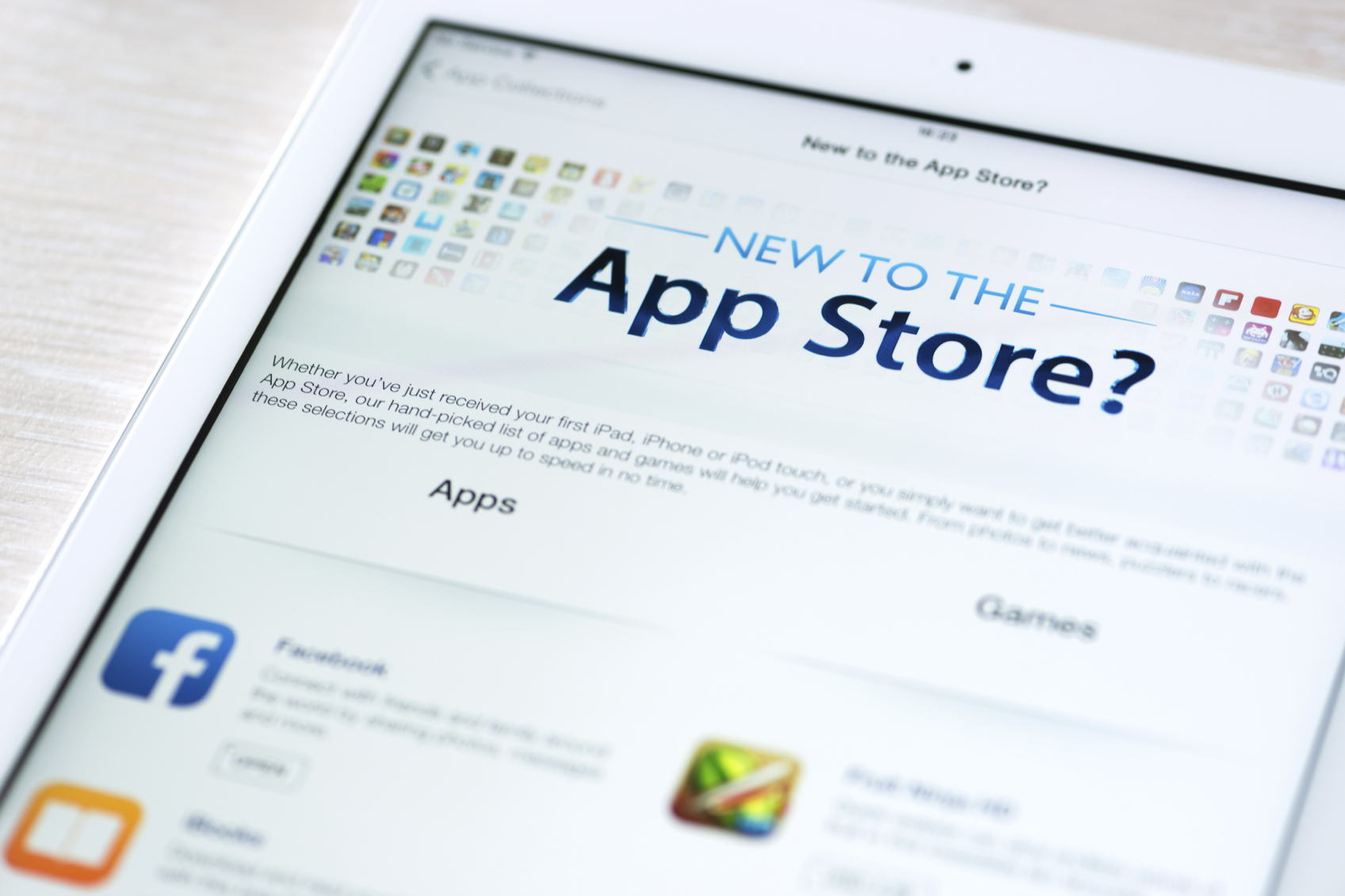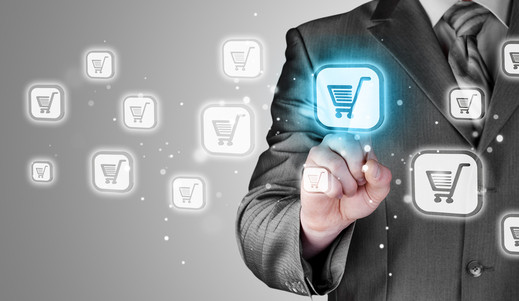What Happened
Las Vegas used Pandora to promote the electronic dance music (EDM) artists playing in Vegas hotels and clubs in the hope of luring EDM fans to visit the city, and it worked! The campaign, which targeted seven U.S. markets between October 2014 and September 2015, drove a 6% lift in travel to Las Vegas among Pandora listeners. That lift was estimated to generate an additional $110 million in tourism revenue for the city. Pandora came to this discovery by cross-referencing its data of logged-in users with data from Placed, a mobile measurement firm that specializes in location data and online-offline attributions.
What Brands Need To Do
Typically, Placed is focused on providing attribution solutions for retailers to help them link online impressions with store visits, but this campaign proves that Placed can also assist in improving ad measurement and attribution for brands in other industries as well. Similar campaigns can be created for auto brands to track ad effectiveness in driving dealership visits, or for movie studios to see how their ads are driving box office sales. By linking digital ads with offline activities, brands can better understand how their ads are performing and adjust their campaign accordingly.
Full Disclosure: The Lab’s parent agency Interpublic has a minority stake in Placed.
Source: AdWeek










